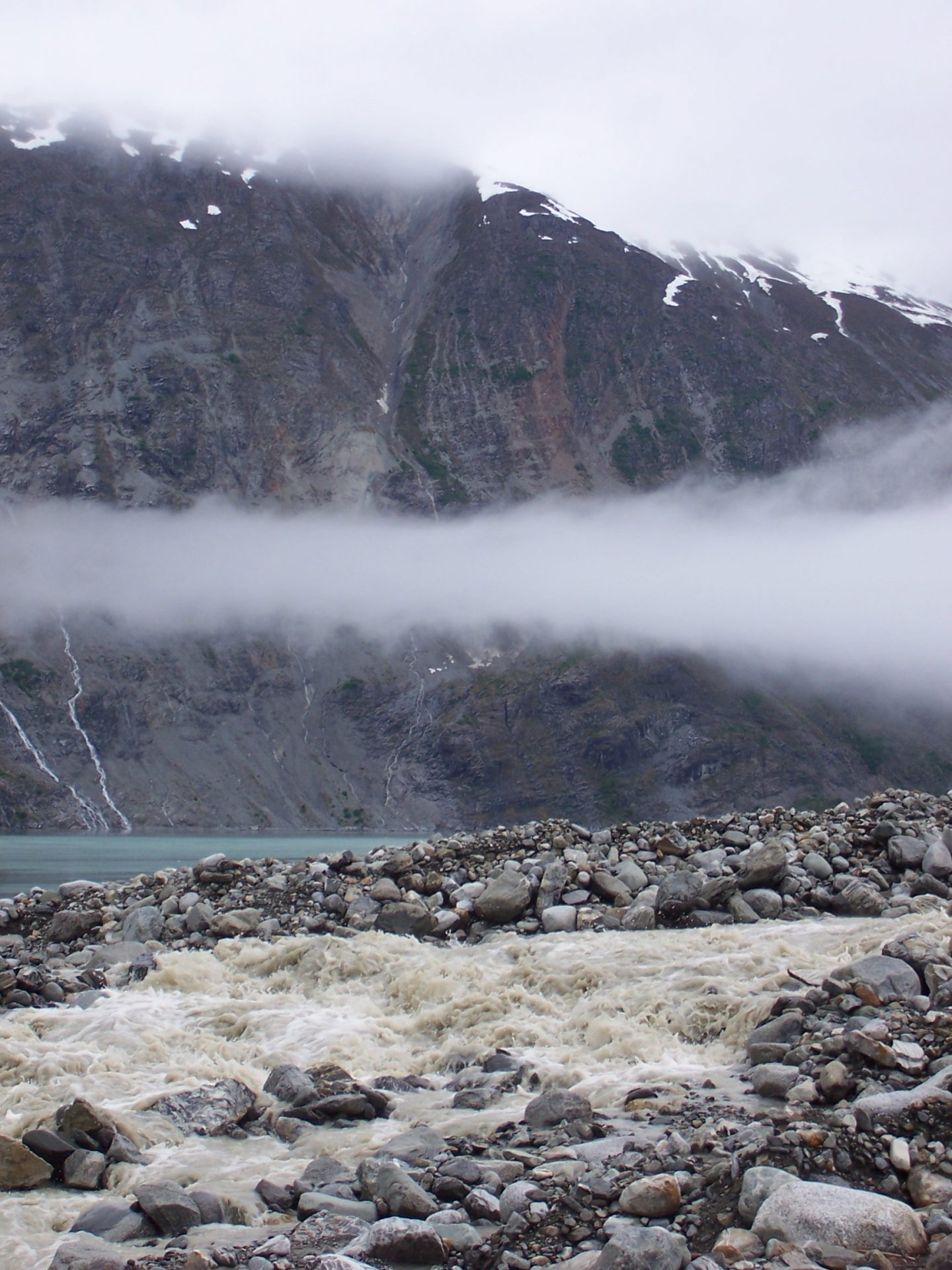In one step you might cross over them without even getting your feet wet. Maybe if you pause you might hear a quite babble, notice a coolness in the air or something different about the vegetation around you. They are not typically places that humans typically gather for sightseeing, fishing,or swimming, but despite their subtleties, they matter. Small streams give birth to medium sized streams, medium sized streams give birth to larger streams. Larger streams empty into the ocean, completing the hydrological cycle.. Arising from a high mountain spring, a pond, or the terminus of a glacier, small streams are numerous but often overlooked features on the landscape. Their cool water flows make up between 60-80% of channel length of any given watershed and they provide critical habitat for species that sustain downreach portions of the stream.
In his talk entitled “Small Streams and Big Dreams: Watershed Management Challenges and Opportunities”, Dr. John Rex describes the vital importance of small streams and why they have been the focal point of his research for over 20 years. Because of their size and prevalence, they are highly sensitive to anthropogenic disturbance from timber harvest. Timber harvest results in a clearing of vegetation around streams leaving them more vulnerable to higher, flashier discharge/erosion in the spring, increased sun exposure which increases water temperature, and a reduction in coarse woody material which is essential for habitat and bed/bank stability. Building our understanding of how to manage small streams is particularly important in the face of future climate change because of their role of providing cool water and food webs vital to cold water fish.
John made good use of humor in his presentation while highlighting the re-world applications of his research to adaptive management. His presentation at hints at his ability to to translate quantitative research into action, by having the ability to skillfully communicate with land managers outside of the academic bubble. Recognizing that riparian zones very often contain some of the highest value timber in any given timber sale, he takes a pragmatic approach to figuring out if some trees can be harvested adjacent to riparian corridors without imposing negative impacts to the watershed. Results from decades of stream transects and temperature monitoring in heavily managed watersheds show that yes, trees can be harvested in riparian areas, but care must be taken to maintain adequate buffers, CWM loads, and shading.
Moving from science to application in the cut-block, relies on collaboration between researchers and land managers to build consensus and a shared vision for managing watersheds. John argues that while this process comes with a whole new suite of challenges, they can be overcome through incentives and more engagement. To me this hits at one of the most interesting questions of the initial stages of my research. How do I design my study in such a way that promotes community engagement and supports real-world environmental solutions? Certainly this question alone could be the subject of an entire thesis and an area that I wish John could have elaborated on more.
Still from his presentation he shows that collaboration and adaptive management are possible and he even highlights it as a reason for hope. Through science and collaboration across multiple disciplines and stakeholders it is possible to come together to build watershed resiliency during a time of uncertain environmental change.


Recent Comments